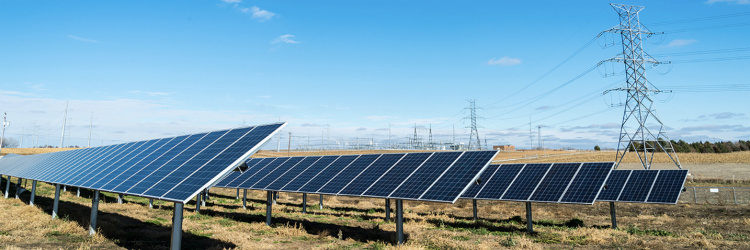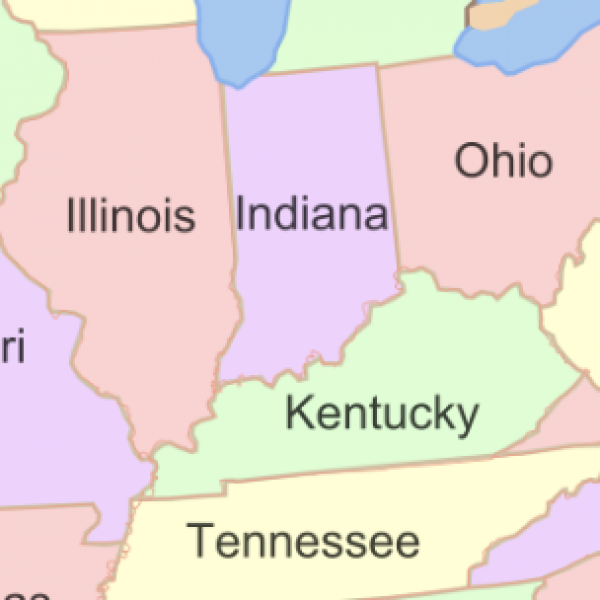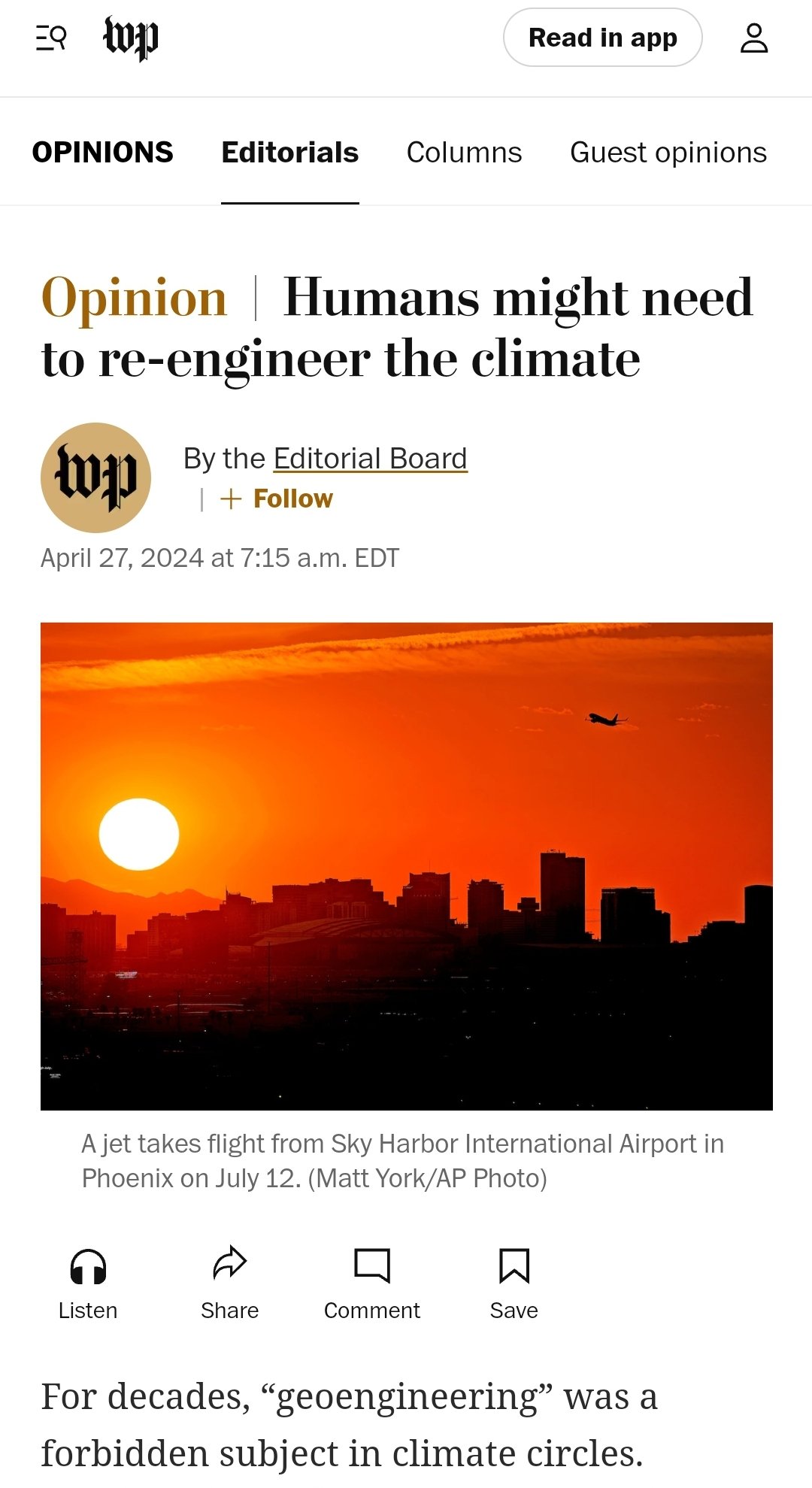By James Varney, RealClearInvestigations
September 12, 2023

The Department of Energy’s official line – echoed by many environmental activists and academics – is that the vast array of solar panels and wind turbines required to meet Biden’s goal of “100% clean electricity” by 2035 will require “less than one-half of one percent of the contiguous U.S. land area.” This topline number translates into 15,000 of the lower 48’s roughly 3 million square miles.
However, the government report that furnished those estimates also notes that the wind farm footprint alone could require an expanse nine times as large: 134,000 square miles.
Even that figure is misleading because it does not include land for the new transmission systems that would connect the energy, created by the solar panels carpeting the ground and skyscraper-tall wind turbines filling the horizons, to American businesses and homes.

“It’s hundreds of thousands of acres if not millions for transmissions alone,” said David Blackmon, an energy consultant and writer based in Texas. “The wind and solar farms will take enormous swaths of land all over the country and no one is talking about that.”
And these vast plots, along with the chains of transmission towers, do not include other aspects that would take up even more land: nationwide vehicle charging stations, mines for rare-earth minerals, maintenance space for huge propeller blades and panels, and so forth.
In addition, all projections increase substantially if the U.S. were to meet Biden’s larger goal of aligning the nation with a global plan, set by the International Energy Association and pushed by the World Economic Forum of Davos, dubbed “NetZero 2050.”
Professor Jesse Jenkins at Princeton University, whose work is often cited by renewable energy advocates, did not respond to RCI’s questions, but he detailed the scope of the challenge in the May/June issue of progressive Mother Jones magazine. He urged the U.S. to embark on a moon-shot level transformation of its energy sector, using hundreds of billions in taxpayer dollars that Biden provided for the renewable sector in the spending bill that Democrats named the Inflation Reduction Act.

“We’ll have to build as much new clean generation by 2035 as the total electricity produced by all sources today, then build the same amount again by 2050,” Jenkins wrote. “This could ultimately require utility-scale solar projects that cover the size of Massachusetts, Rhode Island, and Connecticut combined, and wind farms that span an area equal to that of Illinois, Indiana, Ohio, Kentucky and Tennessee.”
Given the ambitious goals and tight time frames Biden has committed the nation to, it seems natural to assume there would be a master plan detailing where and when this renewable infrastructure will be built and come online. Yet despite strong resistance by many communities across the country to serve as hosts for these massive projects, there has been no robust public debate about how all the necessary land will be acquired – and whether, for example, it will include the taking of private property through eminent domain or use of national park lands, an idea the government officially dismisses.
In fact, no such master plan exists. The closest thing to it, according to a spokesperson for the federal National Renewable Energy Laboratory, is a “long-term strategy” put out by Biden’s climate envoy John Kerry. The optimistic, 65-page document does not, however, address the question of land use. The White House did not respond to questions from RCI.

Experts skeptical about Biden’s goals say the land requirements are so immense and problematic that such detail would likely reveal how unworkable the entire program is.

“Of course it will never happen,” said William Smith, a professor of Earth, Environmental, and Planetary Sciences at Washington University in St. Louis and a member of the CO2 Coalition, a group of scientists who do not believe global warming is an apocalyptic development.
The “less than one-half of one percent” figure is fantasy, according to Smith.
“A lot more area is required.”




